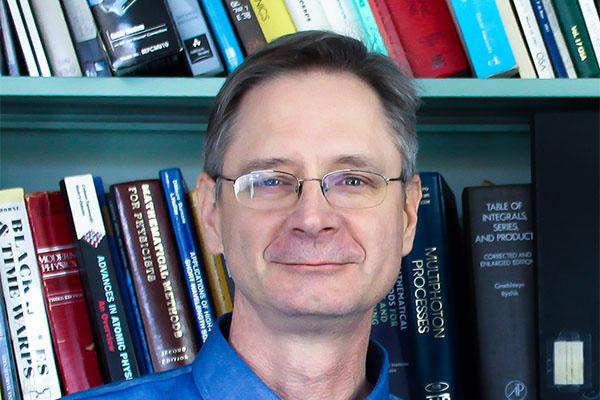
Attosecond pulses – lasting a fraction of a femtosecond – would seem to be ideal for measuring dynamics on the natural timescale of the electron, the attosecond. But how do we do this in practice? In this talk I’ll describe opto-optical modulation, the control of absorption and emission of extreme ultraviolet (XUV) light using optical (laser) light. In one example configuration, different orders of non-linear XUV signal generation have been shown to be separated by about 1.5 femtoseconds. In another, opto-optical modulation was used to redirect XUV emission at a time controlled by the experimenter, with femtosecond precision. The outlook is that synchronizing XUV emission to optical control pulses in this way will allow laser-pump/X-ray probe experiments with sub-femtosecond time resolution in the near future.
